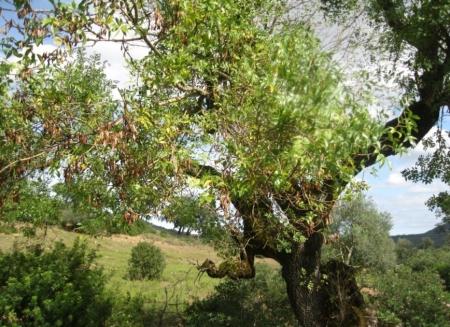
Objective:
The ultimate objectives of this work were to find new potential sources of natural antioxidants agents in the food industry. This study is the first to investigate secondary metabolites and biological activities of barks and leaves of Fraxinus angustifolia Vahl. subsp. angustifolia (Oleaceae), Tunisian native tree, from two provenances (Béja and Nefza) were investigated using two solvents extracts (ethanol and distilled water).
Context:
Among the various medicinal and culinary tree, some native species are of particular interest because they may be used for the production of raw materials or preparations containing molecules with significant antioxidant capacities and health benefits. Among these species, we listed Fraxinus angustifolia Vahl. subsp. angustifolia (Oleaceae) as a Tunisian native tree.
Contacts:
IssamTouhami, issam_touhami@yahoo.fr, www.inrgref.agrinet.tn
Hanene Ghazghazie, hanene8116@yahoo.fr, www.inrgref.agrinet.tn
Ibtissem Taghouti, ibtissem.taghouti@gmail.com, www.inrgref.agrinet.tn
Mohamed Tahar Elaieb, ayeb2002@yahoo.fr, www.inrgref.agrinet.tn
Further information:
Dewanto V, Wu X, Adom KK, Liu RH (2002) Thermal processing enhances the nutritional value of tomatoes by increasing total antioxidant activity. J Agric Food Chem 50:3010-3014.